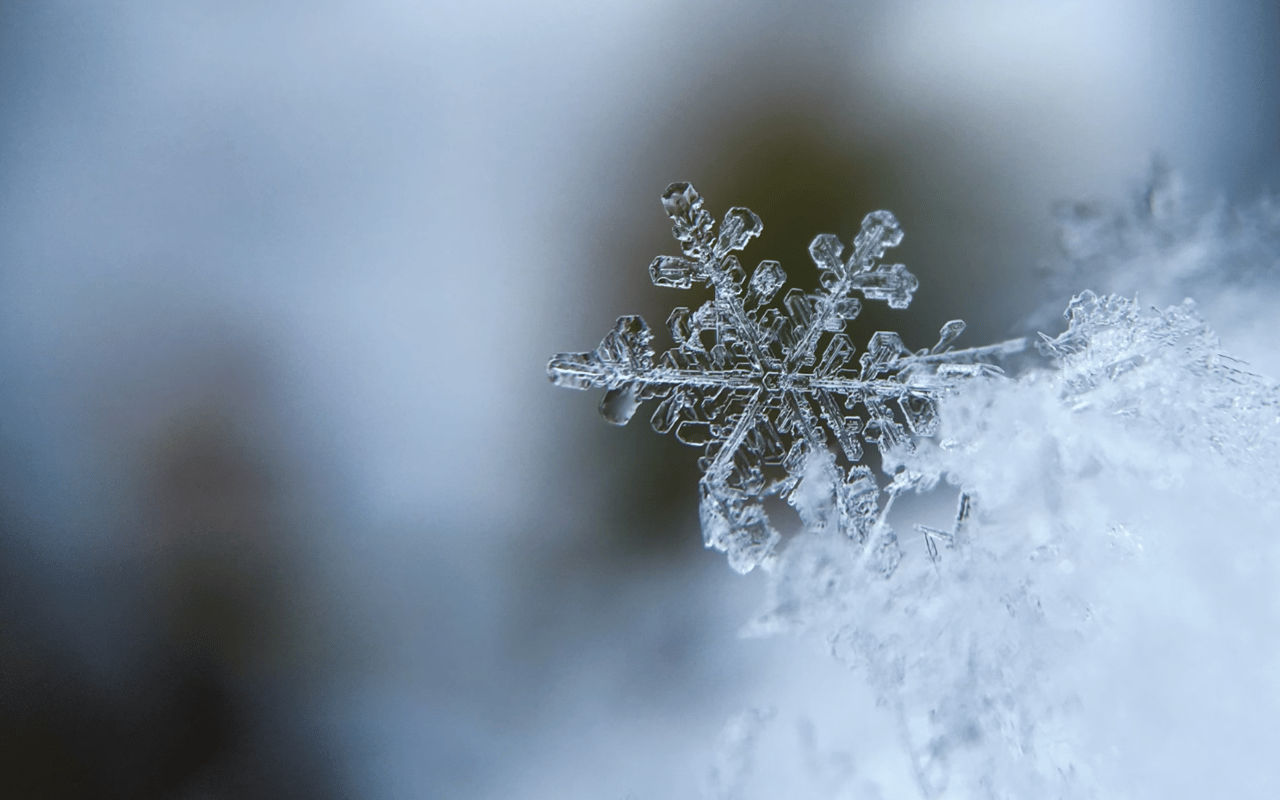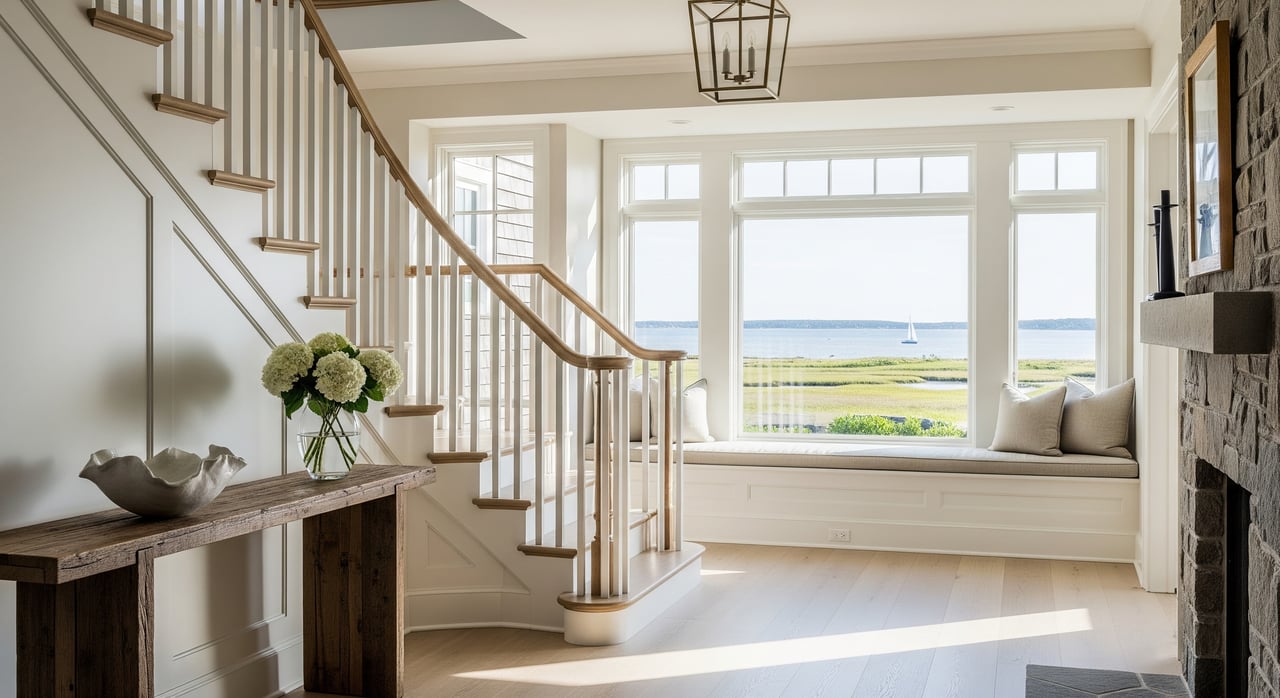As temperatures begin to drop, it’s time to start thinking about how to protect your home from the chill of winter. Properly winterizing your home can save you money, improve comfort, and even prevent costly repairs down the road. From sealing drafts to prepping outdoor spaces, taking the time to prepare your home for winter will keep you warm and cozy while reducing your energy bills. Here’s a comprehensive guide on how to effectively winterize your home this season.
Inspect and Seal Doors and Windows
One of the most significant sources of heat loss in a home is through gaps in doors and windows. To keep the cold air out and the warm air in, begin by inspecting all doors and windows for drafts. Check for gaps or cracks around the edges, and feel for any cold air seeping through.
Apply weatherstripping around movable components, like the edges of doors and windows, to create a tight seal. For larger gaps, caulking around window and door frames can be highly effective. If your windows are particularly drafty, consider installing temporary window insulation film. This clear plastic film creates an added barrier to trap warmth inside your home. Not only does it improve energy efficiency, but it’s also easy to install and remove at the end of the season.
Service Your Heating System
Your heating system is crucial for staying warm during winter, so make sure it’s ready to operate efficiently. Schedule a maintenance appointment with a professional HVAC technician to inspect your heating system, check for any potential issues, and clean or replace filters. A well-maintained system runs more efficiently, which helps keep heating costs down and reduces the risk of breakdowns.
If you have a furnace, replace the filters monthly to ensure proper airflow and efficiency. For homeowners with a boiler system, ensure that radiators or baseboards are free from obstructions, allowing heat to circulate effectively. If you’re relying on space heaters, test them for safety and efficiency, and remember to keep them at a safe distance from furniture or drapes.
Check and Insulate Your Attic
An uninsulated attic can be a major source of heat loss, as warm air naturally rises. Start by inspecting your attic’s insulation to make sure it meets the recommended thickness for your climate. Adding insulation to an attic is one of the most cost-effective ways to increase your home’s energy efficiency, keeping warm air from escaping through the roof.
If your attic access door is not insulated, consider adding weatherstripping around it or applying an insulation pad. This small step can prevent warm air from escaping, making your heating system’s job much easier. Additionally, be sure to inspect attic vents for any blockages to maintain good airflow and prevent moisture buildup.
Prepare Your Plumbing
Cold weather can cause pipes to freeze, which may lead to bursts and costly water damage. Start by insulating pipes in unheated areas of your home, such as the basement, crawl spaces, and garage. Foam pipe insulation is inexpensive and easy to install, helping keep pipes warm even in freezing temperatures.
To further prevent frozen pipes, disconnect all outdoor hoses and shut off the water supply to exterior faucets. Drain any remaining water from outdoor taps, and if your home has an irrigation system, make sure it’s winterized according to the manufacturer’s instructions. In extremely cold weather, allow indoor faucets to drip slightly, as moving water is less likely to freeze.
Reverse Ceiling Fans
Ceiling fans aren’t just for cooling—they can also help keep you warm during winter. Many ceiling fans have a switch that allows you to reverse the direction of the blades. By setting your ceiling fans to rotate clockwise at a low speed, you can push warm air that rises back down into the room, improving comfort and reducing the need to turn up the heat.
This simple adjustment can make a noticeable difference in how warm your home feels, particularly in rooms with high ceilings. Remember to switch your fans back to counterclockwise when warm weather returns to maintain proper airflow.
Protect Outdoor Equipment and Furniture
Winter weather can damage outdoor furniture, grills, and other equipment if left exposed. Begin by covering or storing patio furniture to shield it from snow, ice, and freezing temperatures. Many homeowners opt to store outdoor furniture in a garage or shed, but if that’s not an option, waterproof covers can help protect items from the elements.
For grills, disconnect the propane tank (if applicable) and cover the grill to prevent rust. Outdoor faucets should be wrapped in insulation or covered with foam covers to prevent freezing. Taking these steps to safeguard your outdoor items can help ensure they’re in good condition when spring arrives.
Embrace Winter Comfort
Winterizing your home may require a bit of effort upfront, but the benefits are well worth it. A winter-ready home not only improves comfort but also helps you save on energy bills and prevents damage that could lead to expensive repairs. By following these tips, you can protect your home from the cold, reduce energy consumption, and enjoy a cozy, comfortable living space all winter long.
Taking these proactive steps ensures that your home remains a warm haven, no matter how low the temperature drops outside.
Partner with the Westport Real Estate Experts
Find yourself falling in love with Westport? Reach out to The Leslie Clarke Team today for expert guidance on Westport, CT, real estate.
As a Westport resident, Leslie deeply understands the local market. Leslie's organized, efficient, and personable approach ensures a clear, direct assessment of market opportunities, guiding clients through every stage of the buying and selling process.




